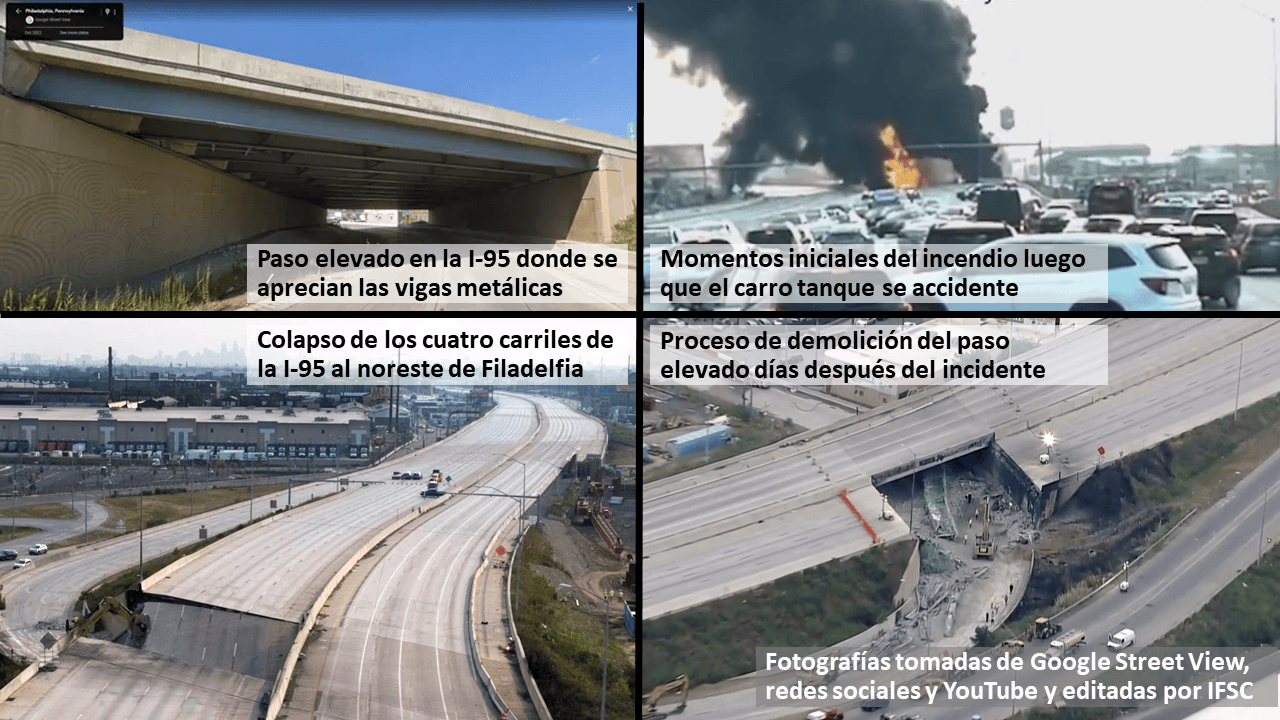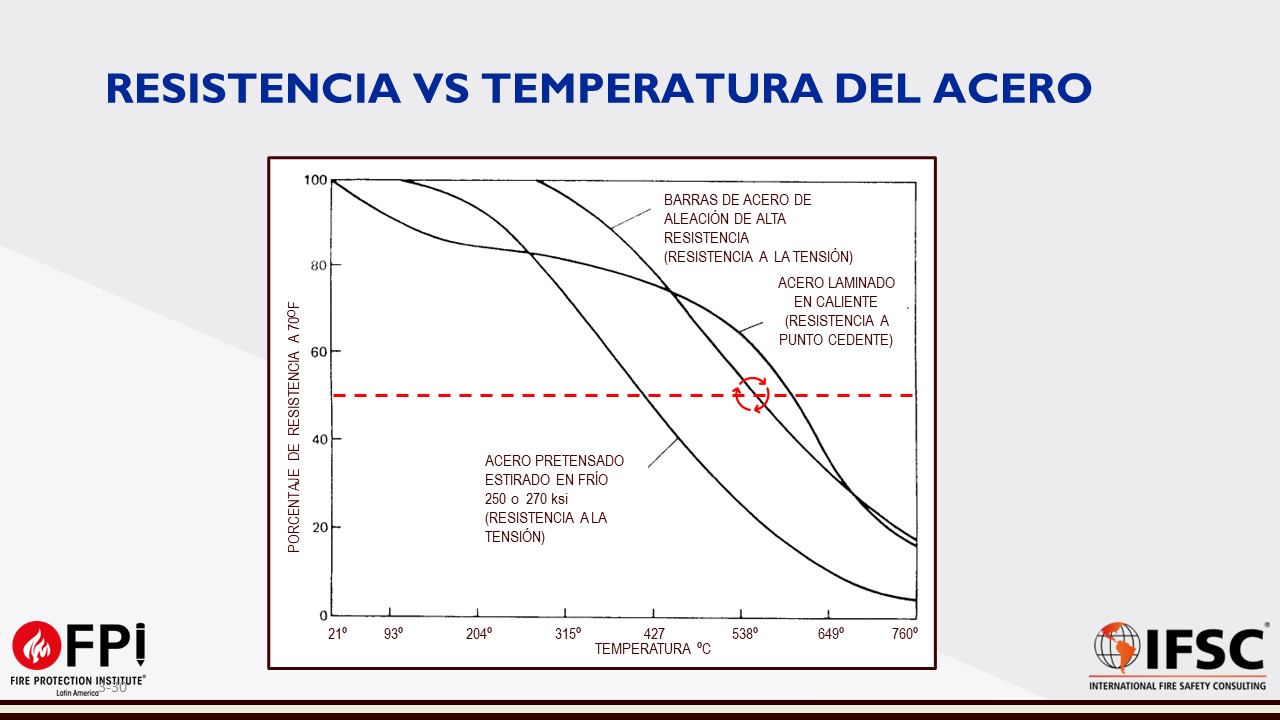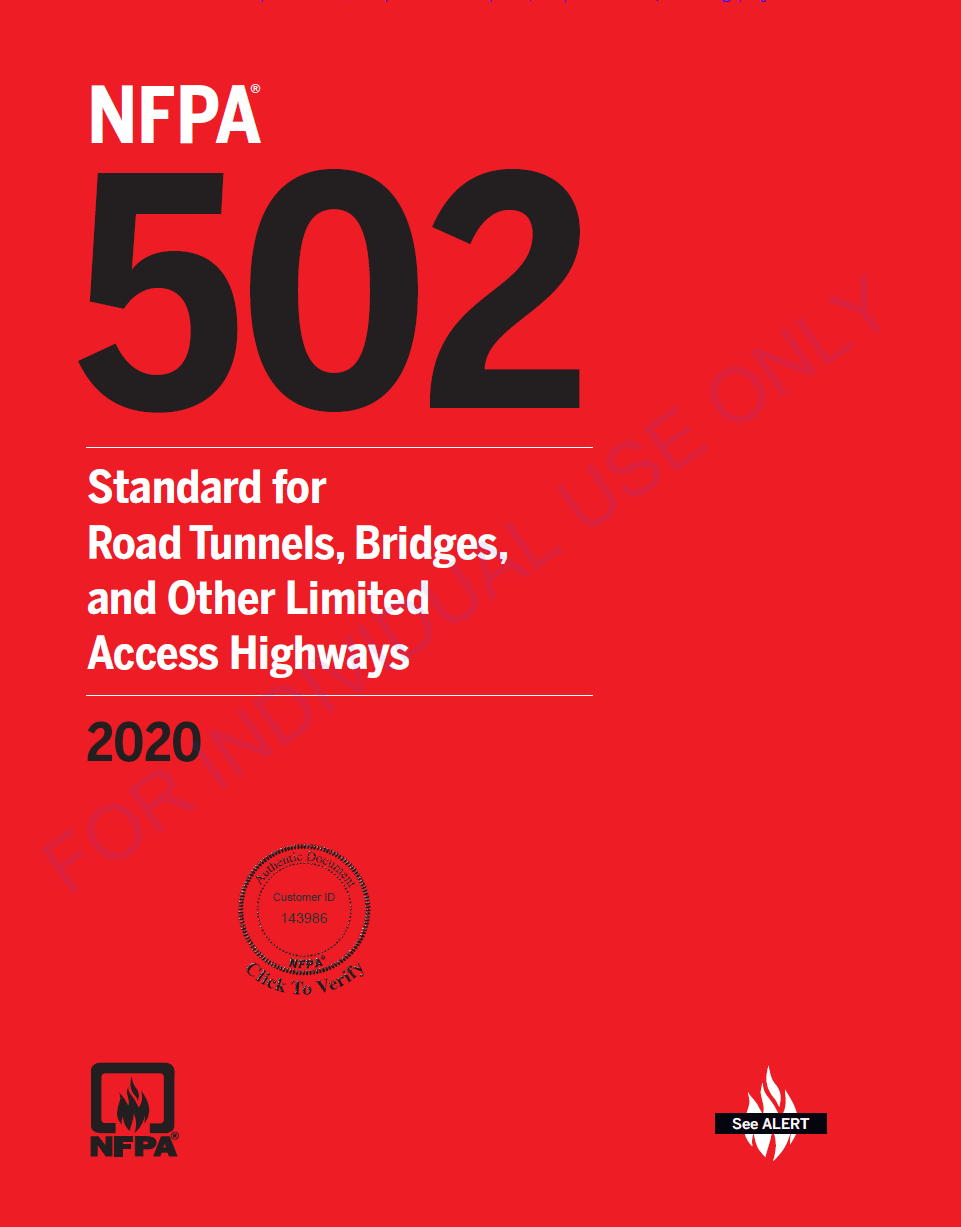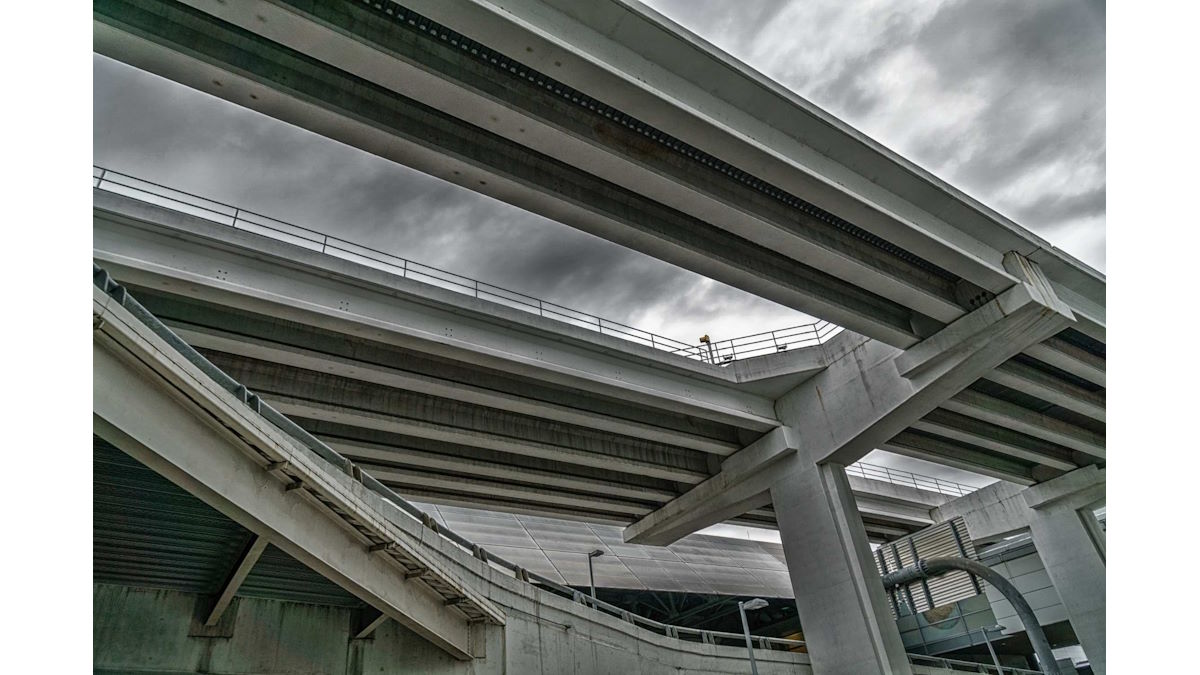A review of 165 bridge fire incidents, between 1997 and 2015, found that nine steel bridges and fifteen wooden bridges collapsed after fires.
by Jaime A. Moncada*
At 6:22 a.m. on Sunday, June 11, 2023, a tank car carrying 8,500 gallons (32,200 liters) of 87-octane gasoline overturned under a short overpass on Interstate 95 (I-95), northeast of the city of Philadelphia, after its driver lost control while negotiating a change of direction.
I-95 is the most important highway in the eastern United States, connecting Miami with Canada, passing through important cities such as Daytona Beach, Savannah, Fayetteville, Richmond, Washington, Baltimore, Philadelphia, New York and Boston. It is estimated that I-95, in the stretch that passes through Philadelphia, is traveled by 160,000 vehicles daily.
Following this incident, this important artery will be closed for several months, having already decided that the overpass will be demolished in both directions. Unfortunately, the intense heat of the fire would have overheated the steel beams supporting the highway, yielding to the weight of the overpass just 25 minutes after the fire was reported, collapsing all four northbound lanes of the interstate. It also appears that the driver of the tank car lost his life during the incident.

This is not the first time a fire of this nature has occurred. For example, in Oakland, California, another tanker caught fire in the middle of a maze of highway interchanges, and the heat from the fire collapsed more than 50 m from a ramp. In NFPA's Fire Protection Manual, three more fires are reported on I-95 itself, where bridges were also affected by fires.
Recent studies have shown that fires are a real threat to bridges. A review of 165 bridge fire incidents, between 1997 and 2015, found that nine steel bridges and fifteen wooden bridges collapsed after fires and another 35 were damaged in such a way that they had to be replaced by new structures. This I-95 incident has put the issue of fire protection of these types of bridges on the table.
Protection of overpasses on motorways
The reality is that today overpasses like I-95 are designed to withstand wear and tear from vehicular use, the effects of wind and earthquakes, but they are not designed to protect against radiation from a fire. The reality is that the intense heat of thousands of gallons of burning gasoline will eventually dramatically weaken the beams that support these types of bridges and will be toppled under their own weight.
Laboratory tests have shown that such heat can cause a steel bridge to fail within 30 minutes. Look up the next time you're under an overpass, and you'll most likely see exposed steel beams. These beams bear the entire load of the overpass, most of which is the weight of the overpass itself and the vehicles that pass over it.
Steel works excellently well almost all the time, but fire is its Achilles heel. Steel retains its strength up to temperatures of 315°C, but the strength is halved to 600°C. The steel begins to melt at approximately 1500°C, although to be conservative, the American Institute of Steel Construction (AISC) suggests designing for total loss of strength at an approximate temperature of 1200°C.

Tables of steel resistance to temperature. Graphic taken from the course on "Structural Fire Resistance" of the Fire Protection Institute (www.fireprotectioninstitute.org )
But even below the temperatures at which steel loses its strength, fire can deform and twist the structural members of steel. Although a deformed or twisted structure may retain its material properties, its geometry may have compromised its function.
Steel heated long enough may have been thickened or cooled too quickly (by extinguishing fires with water), where these distortions become permanent in the steel. Tempered structural steels and high-strength beam fasteners can weaken at temperatures well below the melting point and may need to be replaced after a fire.
Boxing steel into concrete as is done in building columns to make them fire-resistant is one way to protect steel beams from heat failure. Concrete, with its thermal mass, acts as an insulator and heat sink, and slows the temperature rise in steel, giving firefighters longer response times.
However, coating steel in concrete is not a panacea. Covering steel with concrete adds weight, cost, and time to the project, as well as puts more mass above what could fail for reasons other than fire. On the other hand, in gasoline spill fires, where the temperature increase is rapid and at temperatures in excess of 1,000 ° C, the concrete suffers chipping, where basically the concrete experiences micro explosions that make it crumble.
Other options are intumescent paints or spray-applied fire-resistant materials. Intumescent paint is a liquid that is applied on steel that swells as a result of its exposure to heat, leading to an increase in volume and a decrease in density, preventing heat transfer.
It is important that these paints are listed by a laboratory independent of the manufacturer and that the thickness of the paint is evaluated after application by a competent fire protection engineer. Spray-applied material is also another option, widely used in buildings. Depending on the structural element to be protected, a calculation of the thickness of the passive fire protection material must be executed and that this material is also listed and that its method of application and thickness is evaluated during installation, by a fire protection engineer.
What does the NFPA Rules say?
Since the 80s, NFPA publishes NFPA 502, a standard that provides life safety and fire protection requirements for limited-access highways, highway tunnels, bridges, elevated highways, underground highways, and highways that pass under other structures.
The most used chapter of this standard is on the protection of vehicular tunnels, as these have the most complex fire risk. There is a long list of serious fire incidents, the best known being the Mont Blanc tunnel fires between France and Italy and the Channel Tunnel between England and France. This standard establishes criteria such as evacuation, emergency ventilation/smoke control and structural fire resistance, establishing stricter criteria depending on the length of the tunnel.

The standard also establishes fire protection criteria for bridges, focusing on bridges that have spans of more than 300 m in length. The standard assumes that the incident of fire on a bridge is a less risky situation than a fire in a tunnel, because the bridge is not confined or enclosed. However, bridges have significant challenges such as limited fire department access. The standard requires an engineering study to establish the structural fire protection of the bridge.
The I-95 overpass, where the incident occurred near Philadelphia, does not classify as a long enough bridge, nor do I believe it could be considered a tunnel, so that the requirements of NFPA 502 cannot be applied to this structure. The current discussion between fire protection engineers and civil engineers revolves around the need for better protection and the cost of it. On the one hand there are those who argue that this incident emphasizes the need for broader regulation that includes fire protection on overpasses, while there are those who have more practical arguments, arguing that the cost of the possible protection of these overpasses would be prohibitive, especially when in the United States there is a highway infrastructure that already shows great maintenance problems. The most logical thing, I think, would be to analyze this type of structures evaluating whether the fire exposes citizens to a latent risk if there were a fire.
Footer:
1 Bridge Fires: Fiction or Reality? I. Paya-Zaforteza & G. Peris-Sayol, SFPE Europe
2 Fire Protection Handbook, 20th Edition, pg. 21-210
3 Bridge Fires: Fiction or Reality? I. Paya-Zaforteza & G. Peris-Sayol, SFPE Europe
4 Design Guide 19: Fire Resistance of Structural Steel Framing, American Institute of Steel Construction, 2003.
 * Jaime A. Moncada, PE, a fire protection engineer, is a principal of International Fire Safety Consulting (IFSC), a fire protection engineering consulting firm based in Washington, DC with offices in Latin America. Mr. Moncada's email address is [email protected].
* Jaime A. Moncada, PE, a fire protection engineer, is a principal of International Fire Safety Consulting (IFSC), a fire protection engineering consulting firm based in Washington, DC with offices in Latin America. Mr. Moncada's email address is [email protected].


























Leave your comment